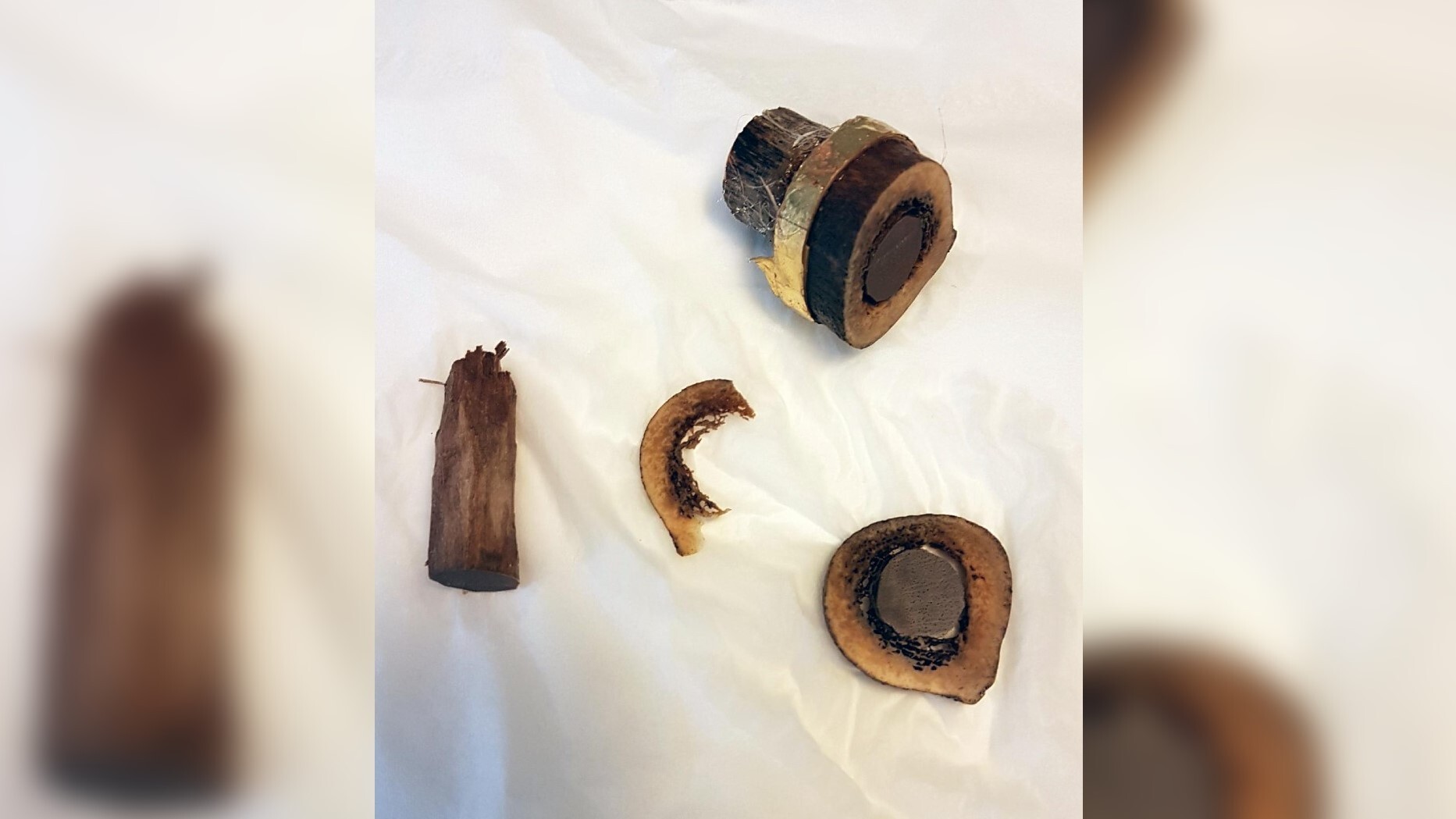Bones of St. James the Younger, one of the 12 apostles, belong to someone else
Some say St. James was Jesus' brother.

Bone fragments long thought to have come from St. James the Younger, one of the 12 apostles who may have been Jesus' brother, couldn't have come from him, a new study finds.
The Santi Apostoli church in Rome has housed fragments of a femur, or thigh bone, for more than 1,500 years, believing they were from St. James. But radiocarbon dating has revealed they must have come from some other, unknown person, according to a study published Jan. 29 in the journal Heritage Science.
Related: Religious mysteries: 8 alleged relics of Jesus
That's because St. James the Younger, thought by some scholars to be the brother of Jesus Christ, lived in the first century A.D., while the fragments were dated to between A.D. 214 and 340, according to the study.
"Our dates, although disproving it was St. James, fall in a dark period, between the time when the apostles died and Christianity became the dominant religion in the Roman Empire," study lead author Kaare Lund Rasmussen, a professor of archaeometry (archaeological science) at the University of Southern Denmark, told Live Science in an email.
Religious relics, the mortal remains of a saint or objects that a saint has touched, are venerated in Roman Catholicism, according to Encyclopedia Britannica.
The Romans moved relics of Christian martyrs, such as St. James, from graves to designated churches for worship after Christianity became the official state religion of the empire in A.D. 380. The femur was taken to the church of Santi Apostoli in the sixth century A.D., along with fragments of a tibia and a mummified foot, thought to belong to fellow apostle St. Philip, according to a statement released by the University of Southern Denmark.
Sign up for the Live Science daily newsletter now
Get the world’s most fascinating discoveries delivered straight to your inbox.

To date the fragments, the team decontaminated the femur, which showed signs of having been treated with a substance containing mercury — likely done hundreds of years ago in attempts to preserve it — then extracted collagen, or proteins found in connective tissues. They also extracted a single amino acid from the collagen and subjected their samples to radiocarbon dating.
In radiocarbon dating, scientists measure the ratio of carbon isotopes, or different versions of the element, in the sample. Because some carbon isotopes decay more quickly than others, the amount left in a sample reveals when the object was last in something living. The process produced identical dates for the collagen and amino acid — between A.D. 214 and 340, Rasmussen told Live Science.
Rasmussen and his team did not determine the ages of the remains thought to belong to St. Philip. "We were reluctant to take samples and thought the decontamination might prove more difficult," Rasmussen said.
Researchers do not know where the femur and other remains came from or who transported them to the church in the sixth century. "We consider it very likely, that whoever moved this femur to the Santi Apostoli church, believed it belonged to St. James. They must have taken it from a Christian grave, so it belonged to one of the early Christians, apostle or not," Rasmussen said in the statement.
Originally published on Live Science.

Patrick Pester is the trending news writer at Live Science. His work has appeared on other science websites, such as BBC Science Focus and Scientific American. Patrick retrained as a journalist after spending his early career working in zoos and wildlife conservation. He was awarded the Master's Excellence Scholarship to study at Cardiff University where he completed a master's degree in international journalism. He also has a second master's degree in biodiversity, evolution and conservation in action from Middlesex University London. When he isn't writing news, Patrick investigates the sale of human remains.









